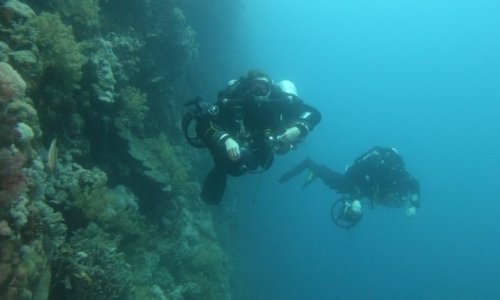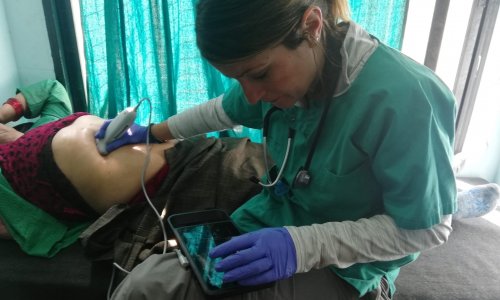Sponsored • Technology benefits
Driving regional anaesthesia forward with point-of-care ultrasound
Point-of-care ultrasound is playing an important role in the anaesthesiology department at Spain’s Hospital Clinic of Barcelona. Dr Xavier Sala-Blanch, Senior Doctor and Head of Section in the hospital’s Department of Anaesthesiology and Resuscitation and Associate Professor of Anatomy in the Faculty of Medicine at the University of Barcelona, discussed how the use of ultrasound technology has increased in recent years, and the benefits it offers to the clinicians and patients.

"The University Clinic of Barcelona is an 800-bed, level three hospital serving a local population of around 300,000 and a wider geographical region for specialities. Situated in the city centre, it provides both emergency and specialist medical and surgical care, treating between 150,000 and 180,000 emergency cases and performing about 16,000 surgical procedures a year. The proximity of the University Faculty of Medicine and the Hospital Clínic has created a close relationship, generating an important symbiosis for training, research and innovation.
My interest in ultrasound and its application to anaesthesia dates back to 1998 – almost 20 years ago – when I read some publications on the subject from a group in Austria. A year later, I began to use ultrasound myself for regional anaesthesia. However, interest in this novel technique was limited at the time, and there was little in the way of training on offer. I could see the future potential of the technique, and so the broad anatomical knowledge I had acquired working in the Department of Anatomy became invaluable. I was basically self-taught, using whatever equipment was available at the particular hospital I was working in until 2004, when I acquired my first FUJIFILM SonoSite 180PLUS point-of-care ultrasound system bought with funds from teaching in different courses of regional anaesthesia.
Experience has shown us that these systems are very durable and this, coupled with the five-year guarantee and the company’s technical support, gives us greater security
Xavier Sala-Blanch
My relationship with SonoSite began during a trip to the United States. I noticed advertisements for the company and, when I searched the internet, discovered that there is a representative in Terrassa, close to Barcelona. I made contact with him, and from that moment on we have worked together to develop ultrasound-guided regional anaesthesia in Spain. This allowed us to deliver ultrasound training in a more regulated way in Spain, especially across Catalonia, and continues to this day. We have also established a full-time Master’s degree course in ‘Advanced Medical Competences in the specialty of Regional Anesthesia based on Anatomy’ at the Autonomous University of Barcelona, which has been running for over six years now and is regularly attended by anaesthetists from across Spain and South America. As a result of implementing good ultrasound training programmes, there has been a significant increase in the use of regional anaesthesia throughout the area.
We currently have a number of SonoSite systems – a MicroMaxx, an S-Nerve and three M-Turbos – in the department, which were chosen for their robustness, ease of use and image quality. These are all important considerations. We work in an environment where ultrasound systems are used extensively by a lot of people, and can easily become damaged. Experience has shown us that these systems are very durable and this, coupled with the five-year guarantee and the company’s technical support, gives us greater security. The image quality is very good, with excellent contrast that delivers a clear image, even in brightly lit environments. We have recently added a SonoSite Edge II, which has excellent image quality, and I have also used the X-Porte for teaching, which undoubtedly offers superior image quality.
The use of ultrasound for regional nerve blocks and a wide variety of other applications is now fully established. Today, ultrasound is used for the identification of neural structures in regional anaesthesia and there are very few centres in Spain that do not have an ultrasound system for this purpose – allowing us to visualise the internal structures of the body to guide the placement of the nerve block. The risk of technical complications is minimised. Although everything started with regional anaesthesia and ultrasound-guided interventional procedures, point-of-care ultrasound has spread in our specialty and in many others, in the areas of resuscitation (pulmonary and cardiac), post-anaesthesia recovery, trauma care (FAST), etc. Ultrasound also offers benefits for perioperative decision making, for example, the examination of gastric contents. There are advantages for patients too; they can see the image for themselves, and we can explain diagnoses or procedures to them, which they appreciate and gives them confidence. It’s a great advance on previous practices."
Source: FUJIFILM SonoSite
01.06.2018











